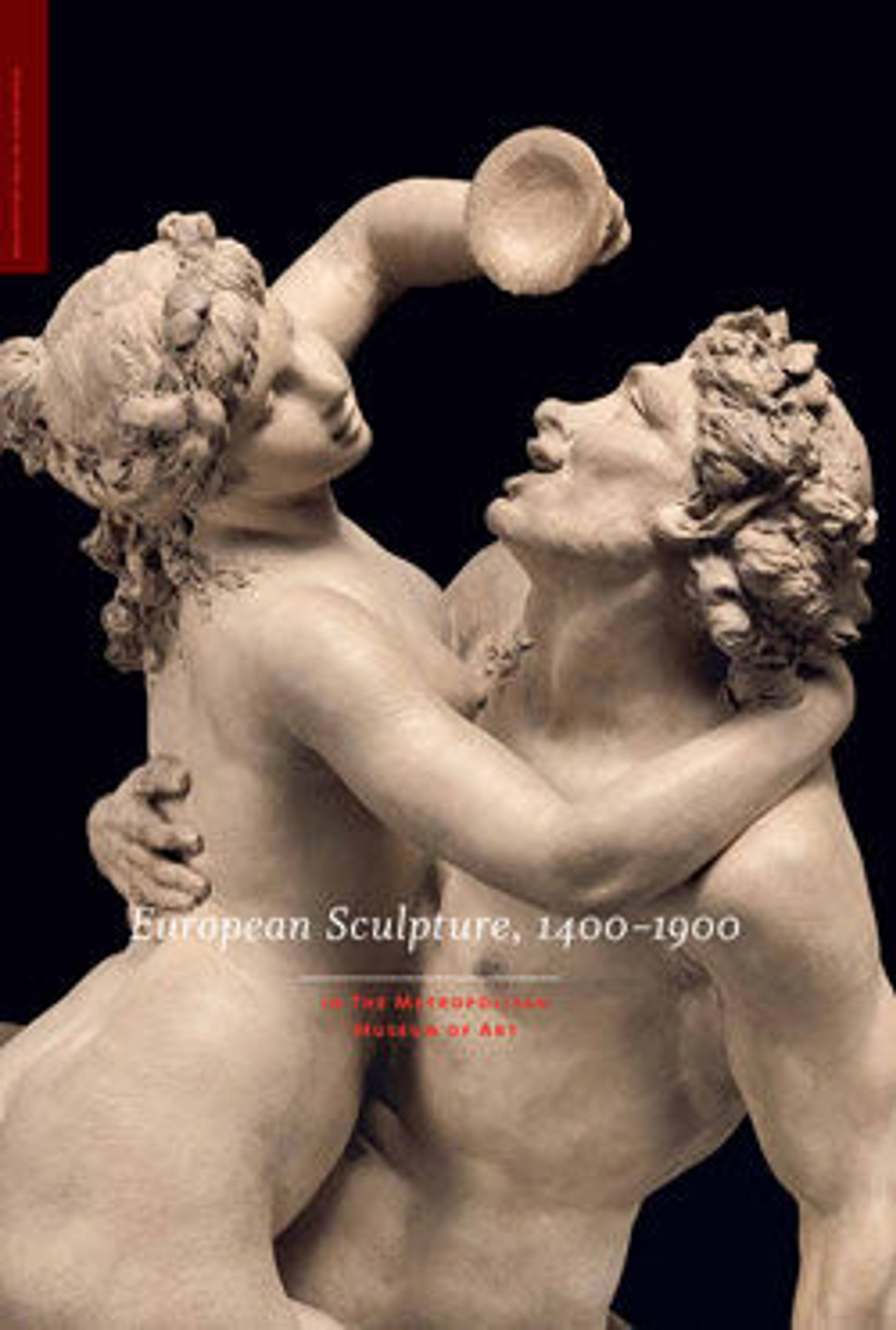Hercules Delivering the Erymanthean Boar to Eurystheus
Hercules’ fourth Labor was to drag before King Eurystheus a wild boar that had been wreaking devastation around Mount Erymanthus. This spirited composition divulges some of Lespingola’s experiences in Italy between 1672 and 1675. The figure of Hercules is poised to fling the beast in the same way David is ready to sling his shot at Goliath in the marble masterpiece by Gian Lorenzo Bernini (1623–24; Galleria Borghese, Rome). Presumably Lespingola got to know the dramatic bronze groups invented by Massimiliano Soldani and Giovanni Battista Foggini in Florence. His are ruggedly textured, their reddish metal having been lightly peened all over to produce
surfaces as lively and painterly as the compositions themselves.
surfaces as lively and painterly as the compositions themselves.
Artwork Details
- Title:Hercules Delivering the Erymanthean Boar to Eurystheus
- Artist:François Lespingola (French, 1644–1705)
- Date:last quarter 17th century
- Culture:French, probably Paris
- Medium:Bronze
- Dimensions:Overall, maximum dims (confirmed): 16 3/8 × 14 [edge of base to cuff of sleeve] × 11 1/4 in. [boar crest to boar hoof], 32.8 lb. (41.6 × 35.6 × 28.6 cm, 14.9 kg)
Base: 12 3/4 × 6 1/4 in. (32.4 × 15.9 cm) - Classification:Sculpture-Bronze
- Credit Line:Gift of Irwin Untermyer, 1964
- Object Number:64.101.1486
- Curatorial Department: European Sculpture and Decorative Arts
More Artwork
Research Resources
The Met provides unparalleled resources for research and welcomes an international community of students and scholars. The Met's Open Access API is where creators and researchers can connect to the The Met collection. Open Access data and public domain images are available for unrestricted commercial and noncommercial use without permission or fee.
To request images under copyright and other restrictions, please use this Image Request form.
Feedback
We continue to research and examine historical and cultural context for objects in The Met collection. If you have comments or questions about this object record, please contact us using the form below. The Museum looks forward to receiving your comments.
